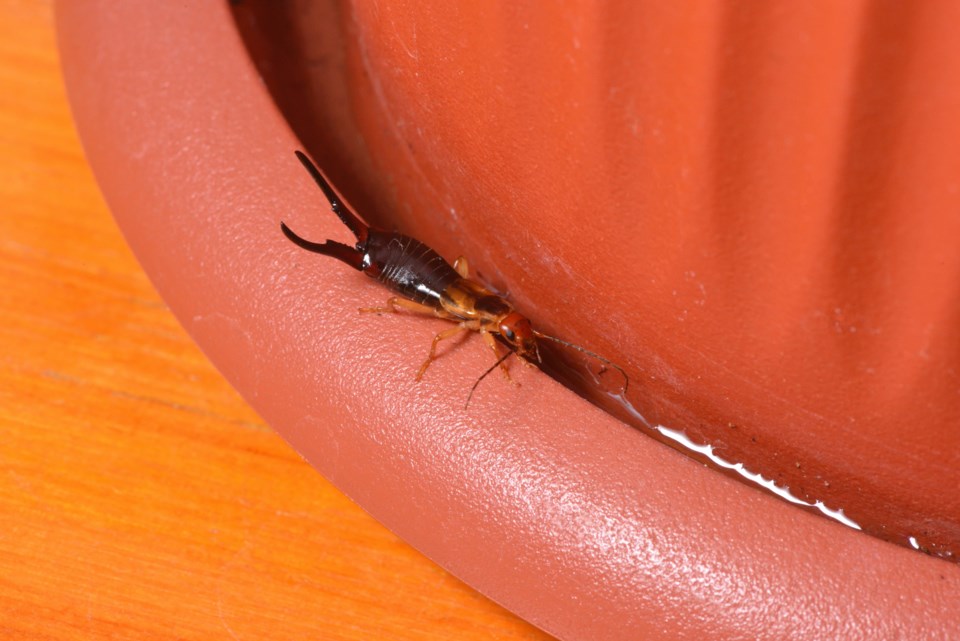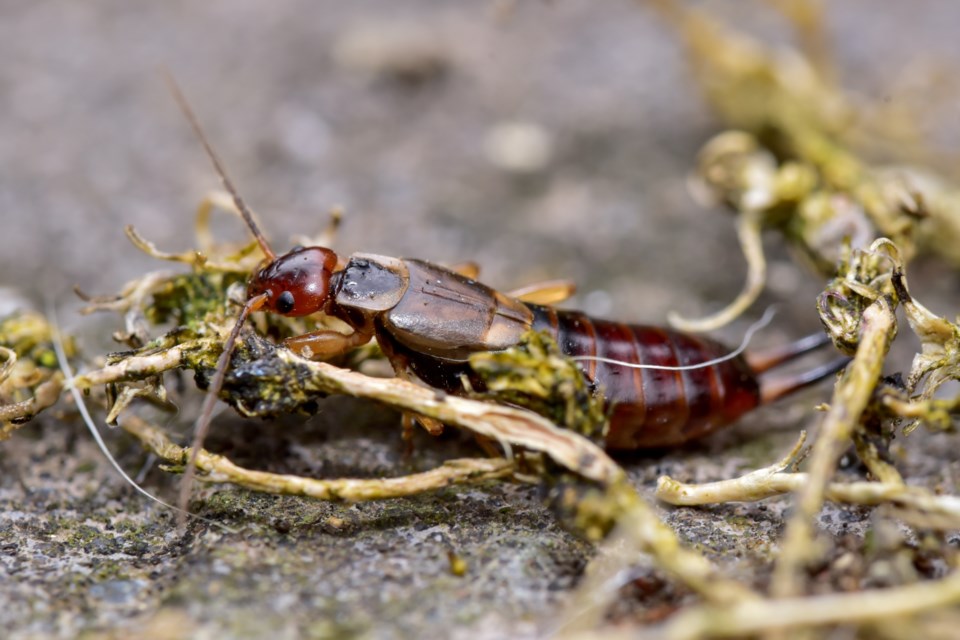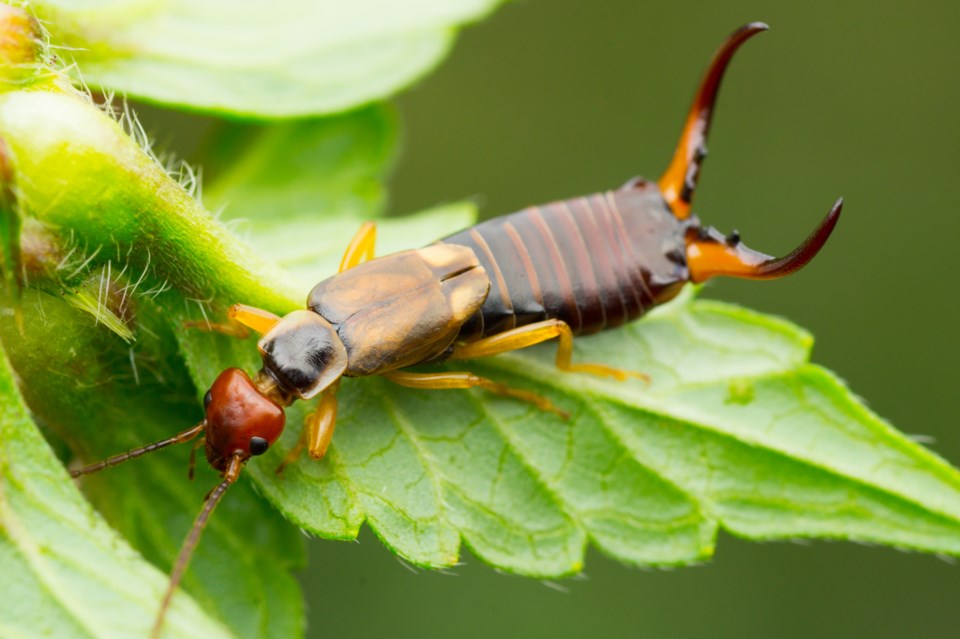Moving toward the fall season, various pests seek shelter and breeding grounds in warmer environments, and earwigs are no exception. These little creatures may find their way into your home, so it's essential to take precautions to keep them at bay.
Seal Entry Points to Prevent Pest Invasion
Earwigs, like most insect pests, are incredibly small and can easily infiltrate your home through tiny gaps, some as small as 1/8th of an inch. Common entry points include gaps under doors, openings around windows, and cracks in the walls and foundation.
To prevent these pests from sneaking in, it's advisable to seal all potential entry points and establish a barrier treatment with effective pest control products. This proactive approach can significantly reduce the likelihood of pests nesting inside your home.
Embracing Tight Spaces: The Thigmotactic Preference
While claustrophobia may be familiar to humans, some pests have a rather unusual preference for tight, enclosed spaces. Earwigs are among those peculiar creatures with a thigmotactic behaviour, meaning they actually enjoy being squeezed into small areas. This propensity for snug spaces is shared with other pests like roaches, making your home an appealing destination for them.

Abundance of Food Sources Attract Earwigs
Another reason you might notice an influx of earwigs in your home during fall is the availability of food sources in close proximity to your dwelling. As the season transitions to fall and winter, certain food sources become more abundant, attracting earwigs.
Earwigs have diverse diets, including plant material and other insects, making them versatile pests. During the fall, decaying leaves create a favourable environment for earwigs. They feed on these leaves and prey on other insects attracted to the decaying organic matter, establishing a food chain that entices them to your home.

Managing Moisture to Deter Earwig Breeding
Moisture plays a significant role in creating an ideal breeding environment for earwigs. Dark, moist areas are particularly attractive to these pests for laying eggs. To mitigate this, clearing out leaf piles and debris from gutters is essential, as these can retain moisture.
Fixing leaky faucets and pipes also helps reduce excess moisture around your home. Installing dehumidifiers in areas like basements and attics further minimizes moisture levels and discourages earwigs from gathering.
Aggregation Pheromone and Social Behaviour
Earwigs release a unique pheromone that serves as a means of communication among their species. This pheromone not only helps them defend against potential threats but also attracts more earwigs to gather together.
Since earwigs prefer living in close-knit communities, this social behaviour prompts them to congregate in larger numbers, increasing the likelihood of finding them in your home.
Exterior Lighting Attraction
Another factor that can lead to an earwig influx during winter is the attraction to exterior lighting. Like many pests, earwigs are drawn to light. Additionally, the presence of other insects attracted to the lights creates an additional food source for earwigs.
To reduce this attraction, consider minimizing the amount of time your exterior lights are on. Alternatively, you can replace your regular bulbs with bug bulbs or other less appealing options for pests. Keep in mind that interior lighting visible from outside through windows can also contribute to this phenomenon.
By understanding the reasons behind earwigs seeking shelter in your home during winter, you can take proactive measures to keep these pests at bay and ensure a pest-free living environment throughout the season.
Looking for ways to get rid of earwigs fast? Check out this simple trap.




